What is Dihedral Climbing? Pro tips for 2024
Last Updated on: 23rd January 2024, 01:42 pm
If you pick up any guidebook to pretty much any climbing area, the chances are good that you’ll see the word “dihedral” used to describe a climb or part of one. So what is a dihedral, exactly?
Table of Contents
- What is a dihedral?
- Arête vs dihedral: What’s the difference?
- How to climb a dihedral
- Use the crack
- Dihedral climbing wrap up
What is a dihedral?
A dihedral is a cliff feature where two planes of rock come together at more or less right angles to form a corner. Dihedral climbing involves using specific techniques like stemming climbing and hand jams to ascend the route.
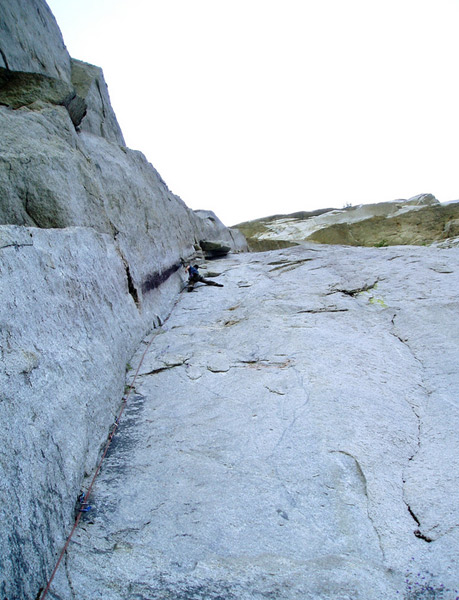
Here’s a video of Dean Potter on a beautiful 5.13 dihedral near Moab, Utah, and taking a biiiiig fall. (You might want to turn down the volume on your computer before playing it, since the music sucks.)
Arête vs dihedral: What’s the difference?
While dihedrals come together to form a corner, arête form an outward point. Arête also have two faces, but their corner is sharp and juts out. Dihedrals often form a crack that climbers can use for hand holds or for placing gear while trad climbing.
Climbers will often use heel and toe hooks to create tension while climbing an arête, while dihedrals require stemming climbing or use of a crack to create that effect. The photos below do a good job of illustrating an arete vs dihedral out in the wild.
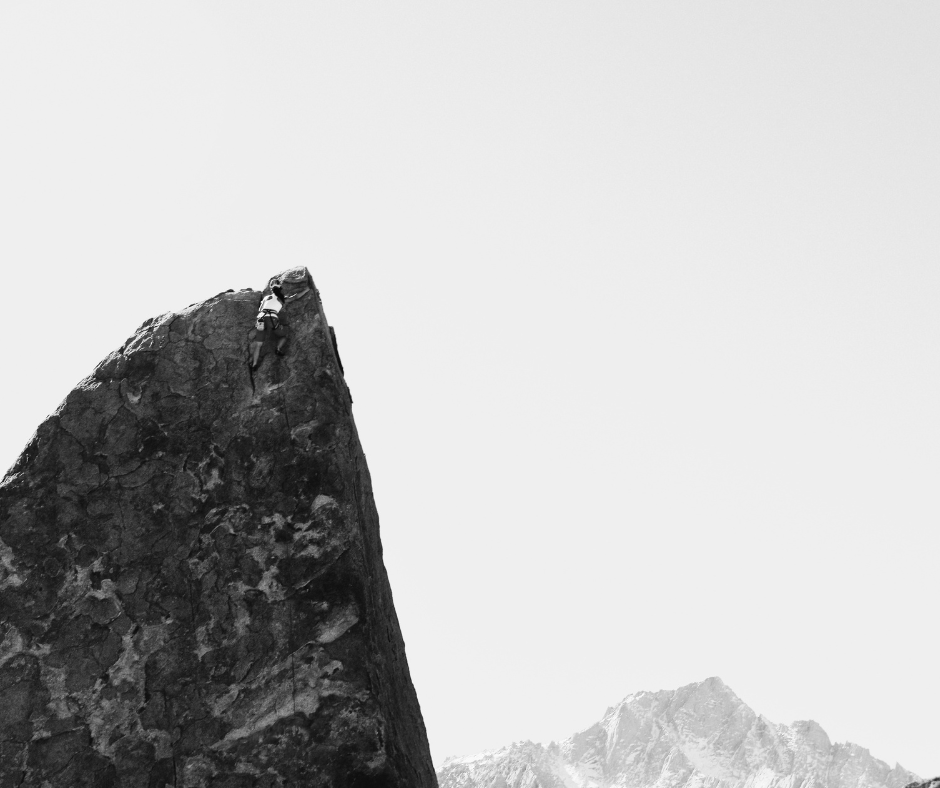
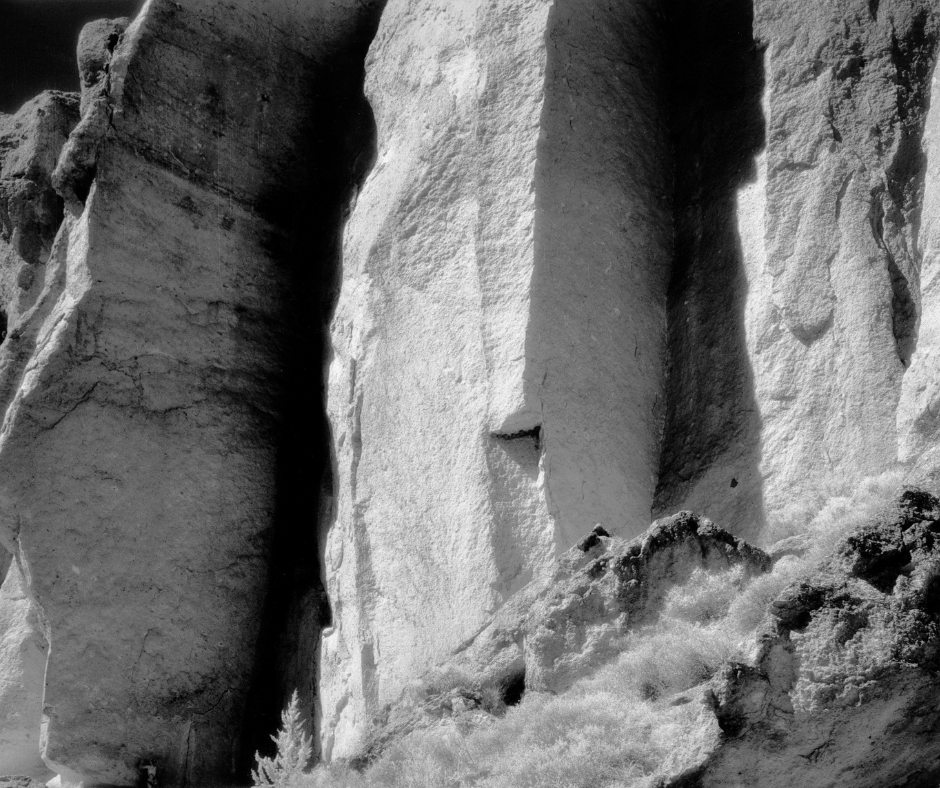
How to climb a dihedral
There is usually a crack of some sort in the corner of the dihedral, and this crack can be used for jamming, laybacking, and placing protection. If there isn’t a crack to jam in—or if it’s too thin to do you any good—stemming, palming, body tension, and smearing will help you get up the thing.
You can follow these tips to level up your game and start ticking routes off your list.
Use the dihedral to stem
Stemming climbing is probably the most popular dihedral technique out them. Find a foot on either wall and work your feet up one at a time. This will take pressure off your upper body and let your legs (which are stronger) do the work for you. If you have good enough footholds, you can lean into the fall and get a no-hands rest out of it.
Use the crack
Some dihedrals will form a beautiful crack. While this makes for great hands, it can also be great for feet as well. While laybacking, jam your lower, inside foot into the crack, big toe up, and smear and edge your outside foot against the rock. You can also throw your shoulder and side against the wall to give your arms a break.
Dihedral climbing wrap up
Dihedral climbing may not be for the faint of heart, but it’s a thrilling and rewarding experience that’s worth the effort. It’s a type of climbing that requires technique, strength, and courage, but the feeling of accomplishment you get when you reach the top of a dihedral is like no other. Whether you’re a seasoned climber or a newbie just starting out, I encourage you to give dihedral climbing a try. Who knows, you may just fall in love with it and become a dihedral junkie like myself. So grab your gear, hit the crag, and climb on!
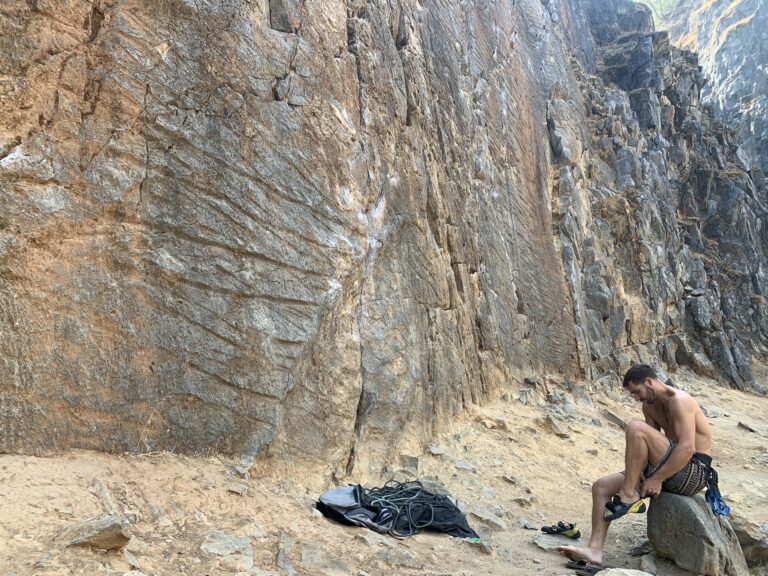
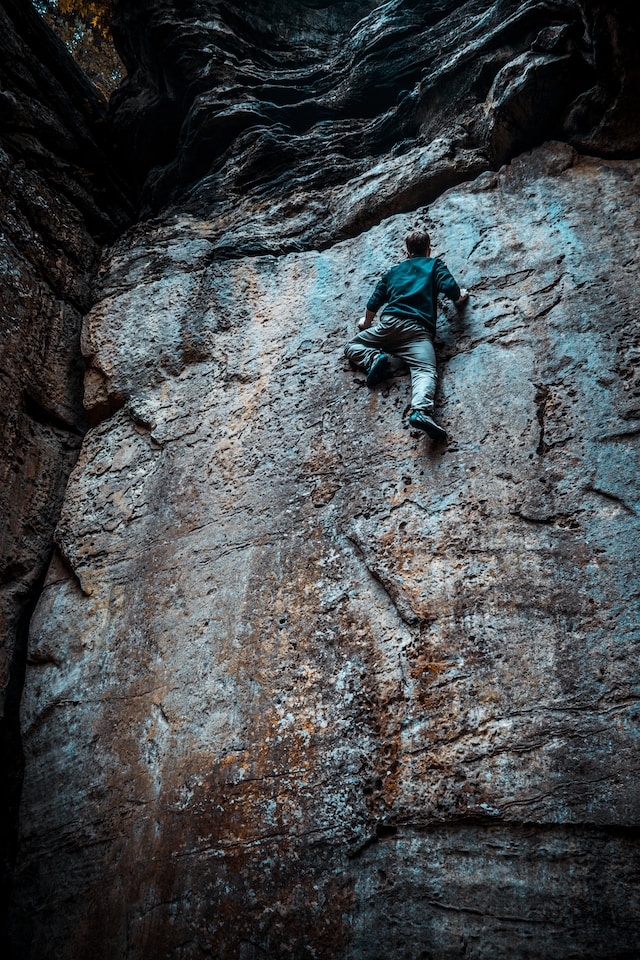

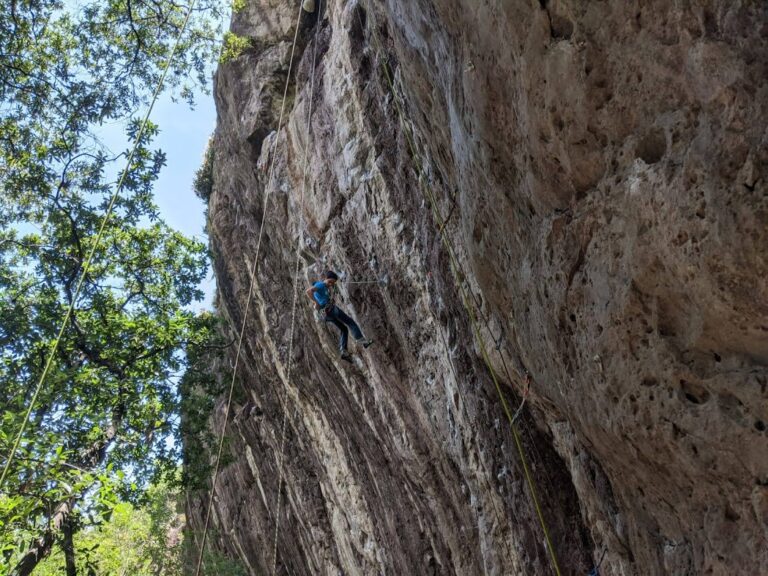

I see you don’t monetize theundercling.com, don’t waste your traffic, you
can earn additional cash every month with new monetization method.
This is the best adsense alternative for any type of website (they approve all websites), for more info simply search in gooogle:
murgrabia’s tools
Don’t make excuses for failure, just find a way for success
Don’t ask what others have done for you, but ask what you have done for others